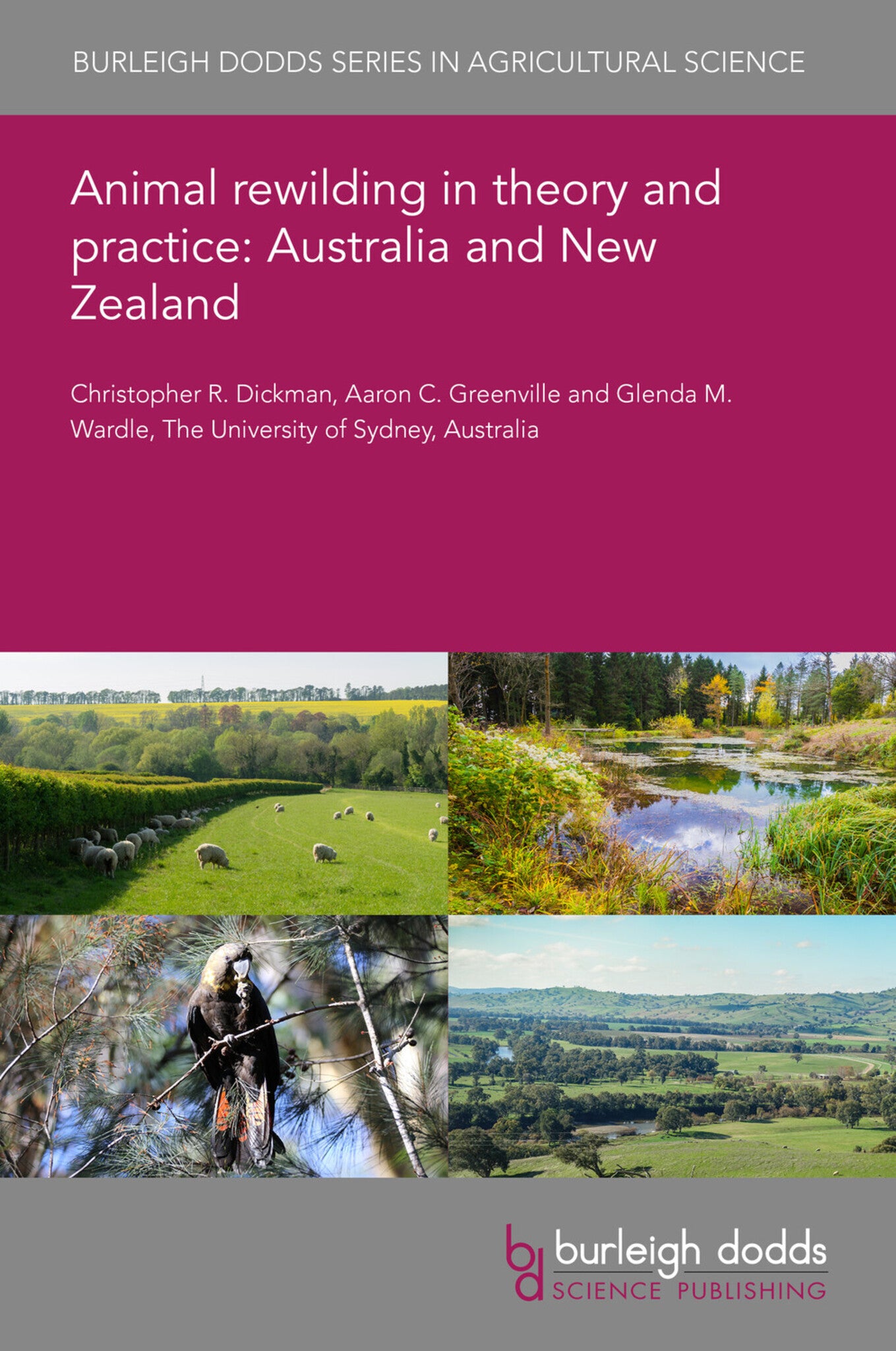We're sorry. An error has occurred
Please cancel or retry.
Animal rewilding in theory and practice: Australia and New Zealand

Some error occured while loading the Quick View. Please close the Quick View and try reloading the page.
Couldn't load pickup availability
- Format:
-
15 November 2024

Rewilding is the deliberate (re)introduction of animal species into local or regional areas with the joint aims to assist the conservation of those species and promote the re-establishment of lost or degraded ecological processes. In Australia and Aotearoa New Zealand rewilding is particularly important in reversing losses of species and ecological processes that are among the most severe in the world. This chapter outlines the benefits and the challenges of rewilding in Australia and New Zealand, noting that much successful rewilding occurs in places where invasive species have been removed. Four case studies are presented. The first two describe rewildings on formerly degraded agricultural land (Tiritiri Matangi Island, Scotia Sanctuary), while the third posits a conceptual rewilding program using a continental top predator, the dingo. The fourth case study describes a digitally-enabled survey and monitoring system on a mixed-agriculture farm that provides a step towards rewilding such landscapes in future.

NATURE / Environmental Conservation & Protection, Biodiversity, TECHNOLOGY & ENGINEERING / Agriculture / Sustainable Agriculture, TECHNOLOGY & ENGINEERING / Agriculture / Agronomy / Crop Science, TECHNOLOGY & ENGINEERING / Agriculture / Animal Husbandry, Restoration ecology / rewilding, Sustainable agriculture, Animal husbandry, Agronomy and crop production

- Cover
- 1 Introduction
- 2 The benefits of rewilding
- 3 The challenges of rewilding
- 4 Case studies
- 5 Conclusion
- 6 Future trends in research
- 7 Where to look for further information
- 8 Acknowledgements
- 9 References



